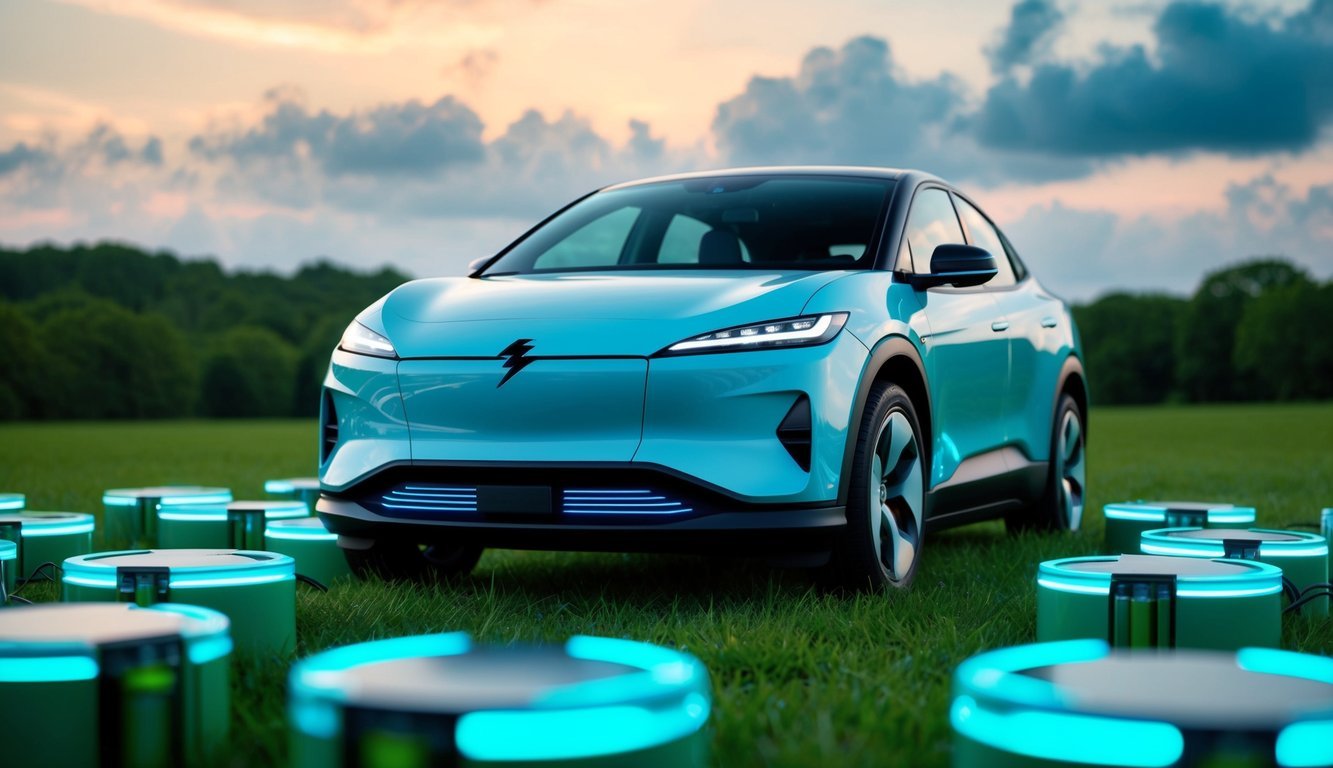Stellantis is on the brink of a significant shift in electric vehicle (EV) technology, thanks to its groundbreaking advancements in lithium-sulphur batteries.
This pioneering approach could slash battery costs per kilowatt-hour by half, enhance charging speeds by as much as 50%, and reduce the overall weight of EVs.
In collaboration with Zeta Energy, a Texas-based company focused on lithium-sulphur research since its inception in 2014, Stellantis aims to roll out these advanced batteries by 2030.
Innovative Technology Overview
Central to this new technology is an impressive gravimetric energy density, which measures energy storage efficiency relative to weight.
Stellantis highlights that lithium-sulphur batteries elegantly avoid the conventional materials typically found in standard batteries—like nickel, manganese, cobalt, and graphite—thus paving the way for a more sustainable energy future.
While existing battery technologies such as lithium-iron-phosphate (LFP) and nickel-manganese-cobalt (NMC) each have their advantages—NMC being recognized for its higher energy density and LFP for its safety and cost-effectiveness—lithium-sulphur aims to merge these strengths.
A significant innovation from Zeta Energy involves the use of a stable cathode made from sulphurized carbon materials, which offers improved performance over traditional metal-based options.
Safety and Efficiency Improvements
Safety is another crucial factor in battery design, particularly with issues like dendrite formation, which can occur in lithium metal anodes.
The proposed lithium-sulphur batteries feature vertically aligned carbon nanotubes as anodes, addressing this concern effectively and enhancing overall safety.
Given that battery packs make up about 40% of an electric vehicle’s total cost, this revolutionary technology promises to lower vehicle prices dramatically, making EVs more affordable for a broader range of consumers.
Strategic Partnerships and Future Outlook
In addition to these exciting developments, Stellantis recently announced a £3.4 billion partnership with CATL to launch a lithium-iron-phosphate battery factory in Zaragoza, Spain.
This initiative showcases Stellantis’s dynamic approach as it accelerates into a future rich with electric mobility possibilities.
Through these initiatives, Stellantis is not just reimagining the electric vehicle landscape but also championing a sustainable future full of potential.


